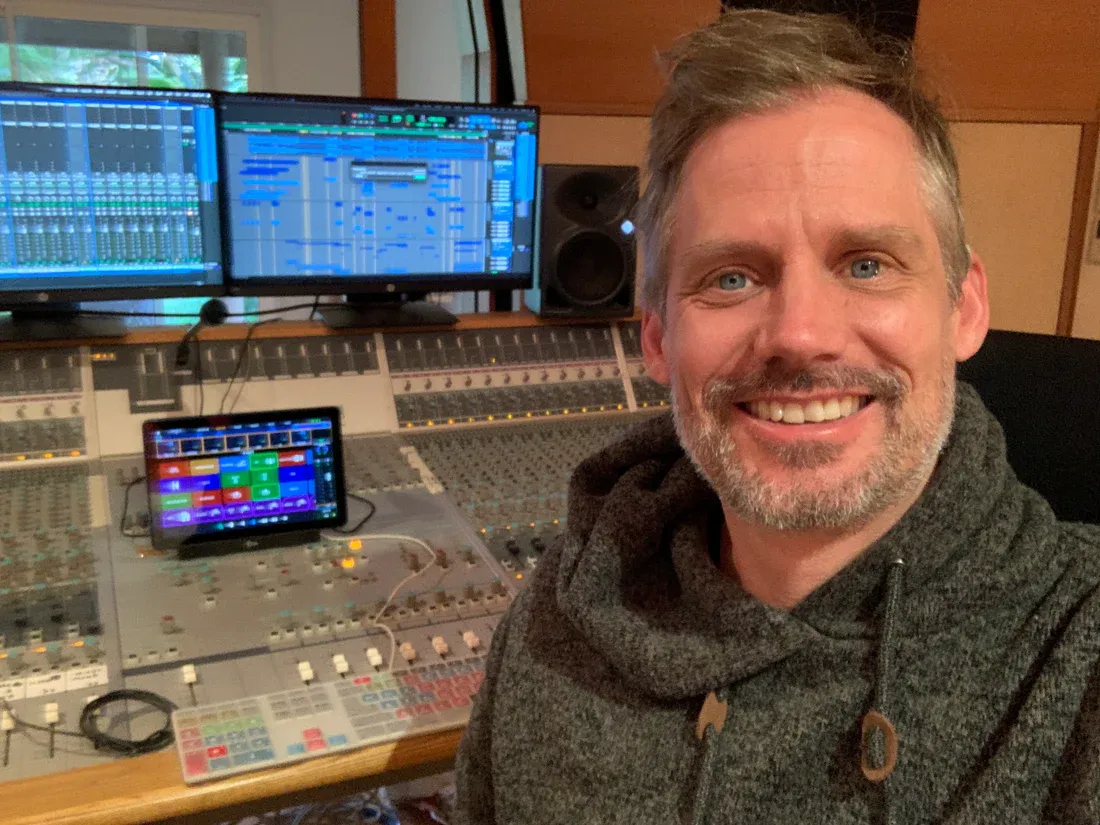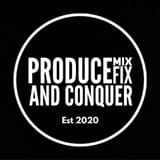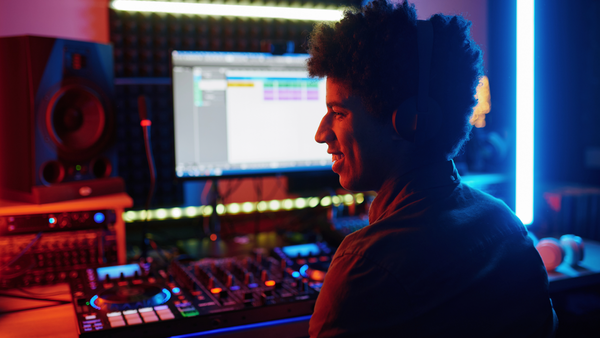Getting it Right at the Source: The Two Magic Recording Triangles - By Jan Muths

Have you ever had to deal with problematic recording signals when mixing music? Maybe dodgy guide tracks from a bedroom have made it into the mix for whatever reason, or the artist cut cost and recorded with an inexperienced recording engineer at a recording school. Well, then you probably know how much of an uphill battle a mix can be if something wasn’t quite right at the source. Maybe a bright mic was used for a bright voice and the sibilance is out of control. Maybe the song calls for a huge guitar sound, but the rhythm guitars sound small and wimpy. Or there is just no bottom end in the kick, which is meant to sound dark, full and natural.

Most agree that a great mix depends on great record signals, just like a great master depends on a great mix. So, how do we avoid ‘bottle-necking’ the potential of a song in the recording stage? Recording music is just as much of an art form as it is a technical one. Therefore it is expected that different people approach it differently. I first came up with the title “The Two Magic Recording Triangles” in a 2022 podcast, and today I’d like to sum it up for you in this blog. Here's my way of recording musicians, and what I believe is important to get it right at the source.
Triangle 1
When setting up a recording session, the first triangle to consider revolves around the instrument, the room, and the player. Each corner of this triangle plays a crucial role in shaping the recorded sound.
The instrument, being the primary source of sound, demands careful attention. Even when musicians bring their own instruments, exploring different options, such as alternative drum kits or experimenting with tuning, can unlock new sonic possibilities. The aim is to optimise the instrument to fit the specific requirements of the song being produced.
Next, the player's interaction with the instrument adds a layer of uniqueness to the recording. I noticed how swapping the drummer’s snare to my studio’s trusty Ludwig Supraphonic immediately changed the way the drummer played, as if the unique Ludwig tone inspired him to play the ghost notes more playfully. How a player hits the drums or plays the guitar affects the sound produced. Understanding the player's strengths, style, and comfort behind the instrument enables the recording engineer to enhance the overall performance.

Moreover, the room in which the recording takes place significantly contributes to the captured sound. While close microphones may isolate certain instruments from the room's acoustics, overheads and room microphones capture the ambience and character of the space. Touring bands know the effect when setting up their gear in a new venue. “It sounded great yesterday and we haven’t changed our setup, so why is it so muddy today?” Everything changes when the room changes. Drums almost certainly need a tune-up. The guitar amp’s tone controls may need re-adjusting. And of course, experimenting with different placements within the room can yield varying results, making it crucial to find a balance that complements the desired sound.
Throughout this triangle, my role is to guide and support the musicians in optimising these three elements. By considering the instrument, player, and room, and bringing them into a ‘sweet-spot’ relation with one another, I can create an environment where the best possible sound can be captured. The underlying concept is to make the instrument sound great, before the sound waves even hit the microphone’s diaphragm.
Triangle 2

(Photo by The Blackbird Academy)
Now that the first triangle is balanced, we can transition to the second recording triangle, which is entirely in the recording engineer's domain. This triangle encompasses the microphone, preamp, and recording technique, and it directly influences the quality of the captured sound.
Recording engineers possess an intimate knowledge of their microphone locker way beyond the tech specifications found in manuals. They know their microphone’s individual character and personality, their strengths and weaknesses, and experienced engineers know how to make informed choices based on the desired sound and the instrument being recorded. It's a delicate balance between science and art, as personal preference definitely comes into play.
The preamp, which can amplify the microphone's wimpy millivolt signal by a factor of up to 1000 (in case of +60dB gain), is the next vital component. It adds colour and character to the recorded sound, shaping its tonal quality. Recording engineers carefully select preamps to achieve the desired sonic outcome, ensuring they complement the instrument and microphone combination. Some preamps smear the transients, which can be great in some cases. Others are fast and snappy. Some add harmonic distortion in the low mids, which many perceive as warmth. While the difference in preamp sound may be inaudible to most ‘Average Joe’ music consumers, the preamp allows the engineer to add a certain sheen to the sound which sends a production into a certain emotional sonic direction.

(Photo by The Blackbird Academy)
Lastly, the recording technique. The way the engineer chooses, places and aims microphones affects the overall sound captured. Factors such as distance, off-axis rejection and stereo techniques all play a role in shaping the final recording. The recording engineer's expertise and creativity shine through in their ability to capture the essence of the performance and translate it into an engaging audio experience.
Throughout this triangle, my approach is to envision how the signal is meant to sound in the mix, and I pair the sound with a microphone that brings me closest to that vision. So, if a signal has a bit too much of something, I use a microphone that counteracts this effect and therefore straightens out the tone. And when it comes to the right balance between signal and room tone, I play with polar patterns as much as I play with the distance between the signal and the microphone. Moving the microphone further away from the source changes not only the roominess but also tone. And let’s not forget the change in level, which then requires re-adjusting the preamp. There we have it, adjusting one thing, such as microphone placement, has an effect on all corners of the triangle. As a matter of principle, I never hit record unless the two recording triangles are balanced to my satisfaction.

(Photo by The Blackbird Academy)
In Conclusion
I find the world of audio recording absolutely fascinating, and I hope these two magic recording triangles offer valuable insights into the complex interplay between various elements. Start with the first triangle, focusing on the interplay between instrument, room, and player. Optimising these components to make the instrument sound the best it can. The second triangle involves the microphone, the preamp, and the recording technique. This is where the recording engineer's expertise in capturing and enhancing the performance becomes an art form. Understanding and leveraging these two recording triangles, prepares the ground for capturing captivating and immersive music performances. You know the corners of the recording triangles have been balanced right when the signals are easy and fun to mix, and the mix comes together rather quickly and effortlessly.





